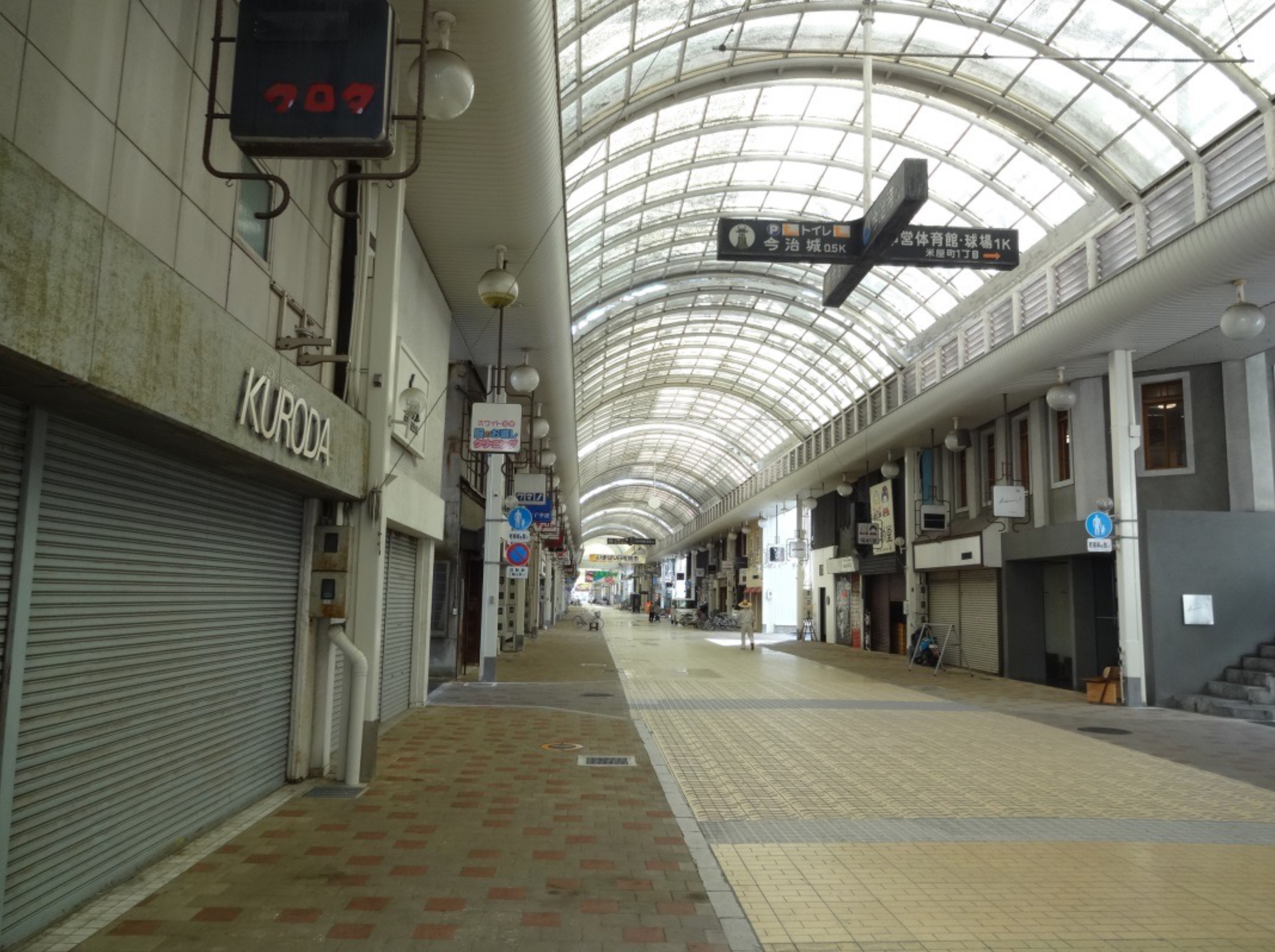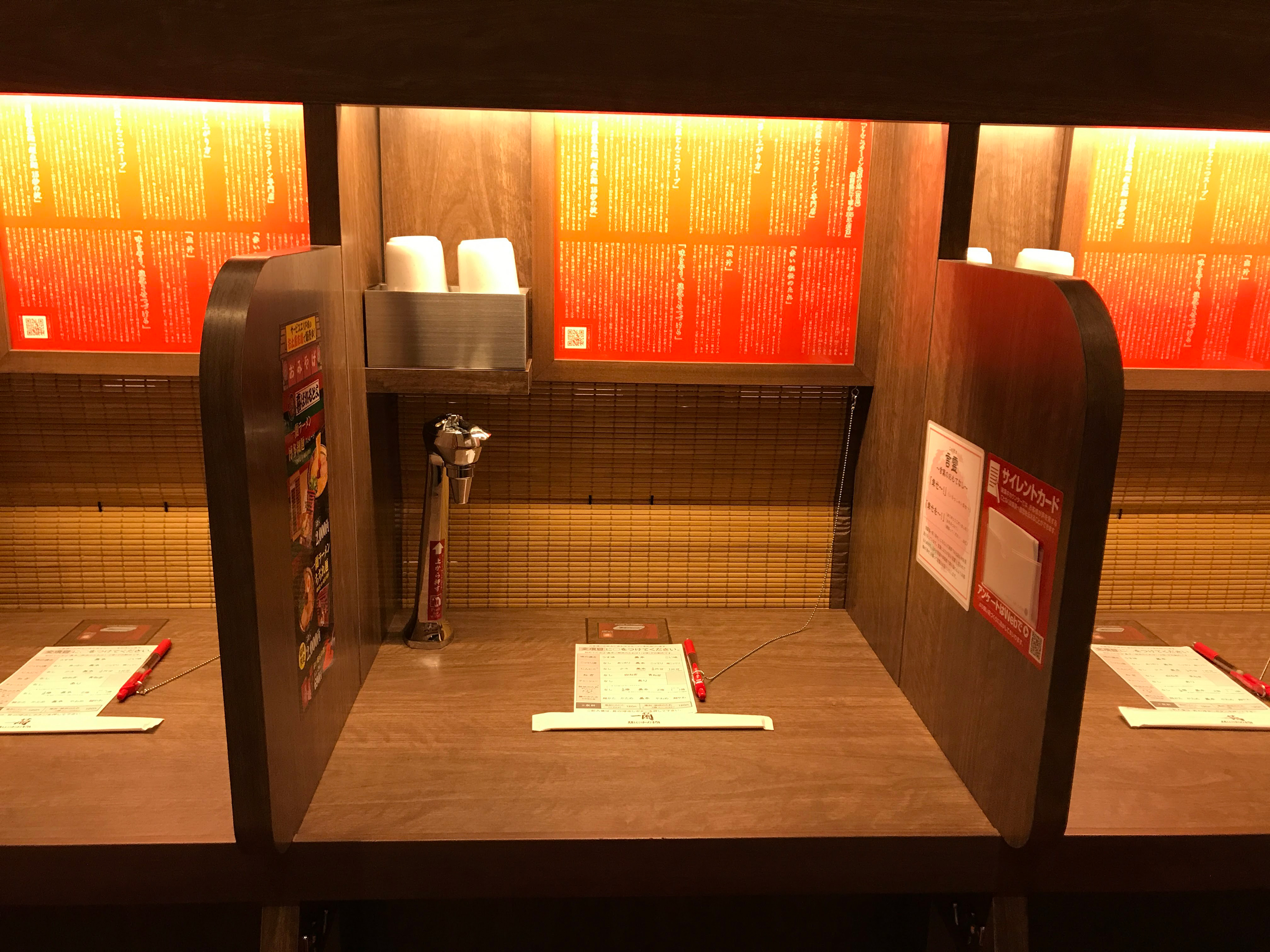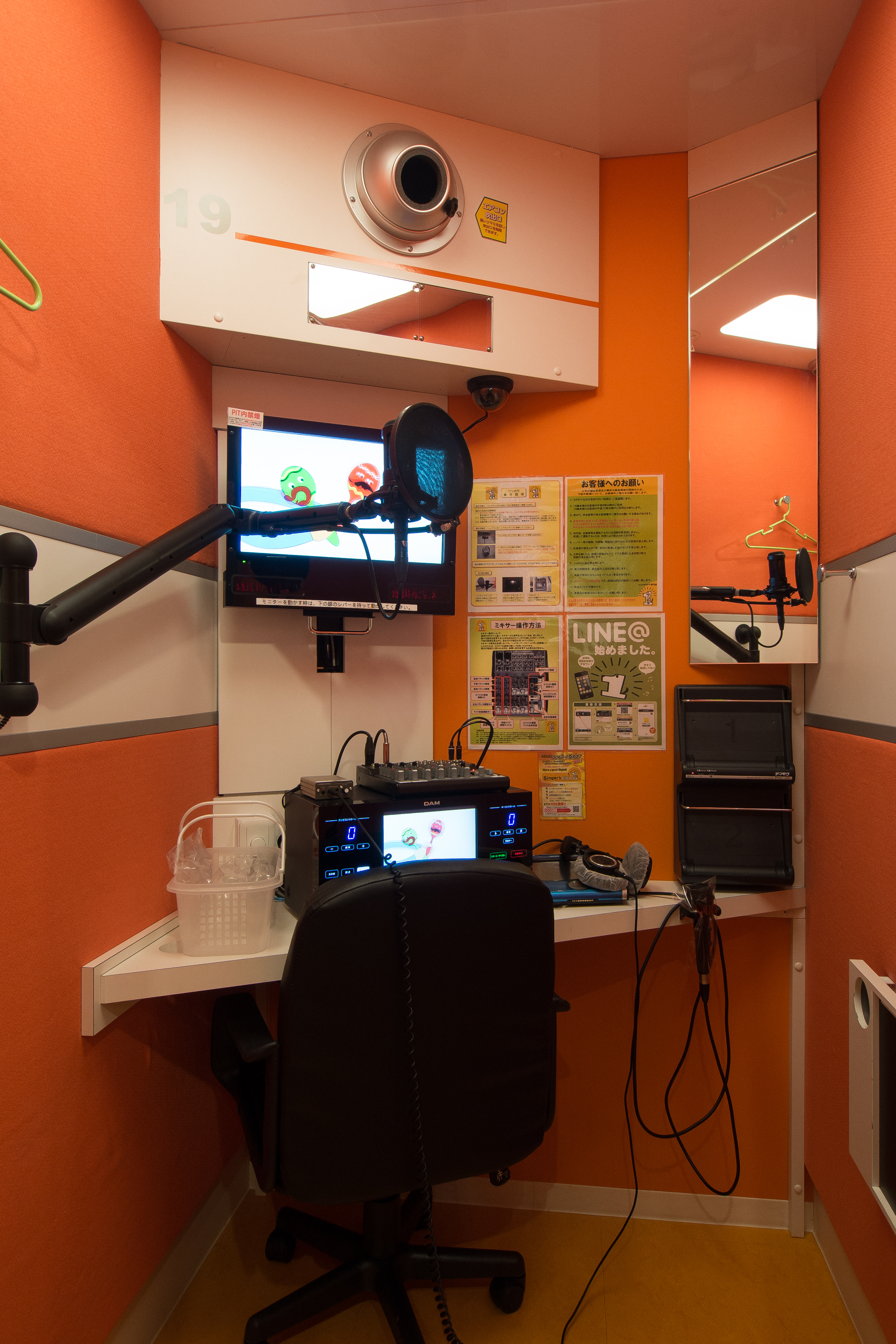Designing for an Aging, Depopulating Society

In the decade since the 2010 national census, the combination of a declining birthrate, aging, and late marriage or non-marriage have caused the single person to replace the couple with children as Japan’s predominant household type. The 1980s and 1990s saw the emergence of the young shut-in phenomenon, but today the social problems of reclusive lifestyles and solitary deaths are no longer age-specific. In Japanese cities, the dearth of intermediate groups (outside of schools and workplaces) that bridge the gap between the individual and the state has made it difficult to arrest the trend of growing isolation and loneliness.
This isolation is a problem shared by most contemporary societies, particularly in developed countries. Still, Japanese cities may be distinguished by the remarkable quantity and diversity of solitary, or “personal,” spaces they contain. A personal space is one that provides, through some sort of partitioning, a state of anonymity and solitude in the sense of temporary withdrawal from affiliated groups (such as one’s family or work colleagues). This state of solitude is not a condition contingent on being single, but may be experienced by anyone leading an urban lifestyle; for example, one may experience this state while commuting to work or school.
Certain cultural traditions that undergird Japanese urban life facilitate the establishment of these personal spaces. Rather than treating small spaces or objects as limited or lacking in some way, the Japanese have long treasured them as sources of aesthetic and spiritual inspiration. Tea ceremony rooms and huts are classic examples. Another is the partitioning of homes with sliding paper panels, such as fusuma or shoji, which do not simply shut spaces off but rather allow residents to deftly calibrate their social distancing by offering subtle gradations between connection and disconnection.
Or take the bento lunch box, which exemplifies this aesthetic of compactness and subdivision in the way it partitions a small space into even smaller compartments, each with its own distinct function. Two contemporaneous inventions from 1979, the Sony Walkman cassette player and the capsule hotel, are typically Japanese in a similar sense. The Walkman is nothing if not a means of constructing a mobile personal space. By shutting out peripheral sounds, users can erect an invisible wall around themselves and withdraw into their own private world anytime, anywhere. From the Walkman to the cell phone and thence the smartphone, this use of portable devices to create an instant personal space in an urban environment has evolved and expanded from Japan to the rest of the world.
One salient characteristic of Japanese cities as regards personal space is the vast number of studio apartments and other tiny residential units designed for single people. For some time, urban lifestyles in this country have been sustained by the externalization of household functions via an infrastructure of convenience stores and public bathhouses on which residents can rely to compensate for the limitations of their living spaces. Now, however, as automated delivery and other mobility-extending services promise to give us access to everything we need without leaving our homes, we may see a reverse trend toward the “internalization” of urban functions inside residences.
A second characteristic of Japanese cities is that most personal spaces outside the home consist of small commercial spaces available for short-term rental—manga cafés, ramen shops with semi-private cubicles, and the like. Nowadays, previously group-oriented activities like karaoke sessions and hotpot dinner parties are also becoming individualized, yielding such new business models such as singles-oriented karaoke boxes and hotpot restaurants.
Own Ramen Focus Booth, a semi-private cubicle in a ramen shop. Photo © ICHIRAN Inc.
One Kara, a karaoke box for individuals. Photo ©Yutaro Tomii
Conversely, however, Japanese cities offer few public spaces in which single people can develop personal relationships independent of their roles as consumers. Amid the proliferation of small, for-a-fee “personal” spaces, the issue is how to provide urban places where a diversity of single people can cultivate a variety of relationships—anonymous or not, temporary or sustained—without having to engage in commercial transactions. The creation of such places should do much to ameliorate the loneliness and isolation engendered by the aforementioned lack of intermediate social groups.
A third characteristic is that most of these small, fee-charging, commercialized personal spaces are found near train stations. Japanese cities are “railway-dependent” in the sense that their commercial and residential development has generally been carried out along private rail lines by the railway companies themselves. Epitomizing this railway-dependent development are the family-oriented suburban housing complexes that mushroomed during the era of rapid economic and population growth. Residents of these suburbs endure long commutes by train to schools and workplaces located in the city centers.
The capsule hotel, in fact, was invented to answer a need for inexpensive overnight lodging near downtown train stations by office workers who miss the last train home and prefer not to take a costly cab ride far out into the suburbs. The manga cafés that have likewise become a fixture in the vicinity of urban stations also do their briskest business after the last train of the night has departed. Thus the railroad-dependent development of Japanese cities is a significant factor in the concentration of small fee-charging personal spaces around train terminals, which are the optimum location for such spaces.
Depopulation and evolving work styles will, however, force changes in the role of the urban train station. One issue, for example, will be how to reconfigure the neighborhoods fronting these stations to accommodate compact, autonomous living environments that bring home and workplace closer together.
A fourth characteristic of Japanese cities is that their personal spaces—their homes, as well as the fee-charging type—make ample use of partitions. Culturally, the Japanese are a rather homogeneous people with a tendency to be excessively concerned with how they appear to others. As the anthropologist Edward T. Hall observed in The Hidden Dimension (1966), the skillful use of partitions to screen out the gaze of others has long been a feature of Japanese life. (It is worth noting that this cultural attention to and deflection of the gaze of others predates the coronavirus pandemic.)
Another social factor behind the ubiquity of small personal spaces in Japanese cities is the intense pressure to conform in school and at work. The Japanese display an admirable capacity for cooperation and organization in groups, but by the same token they crave “personal time” as a respite from this groupthink. The recent spread of social media has only exacerbated the pressures toward conformity. The need for personal time is intensified by the desire to disconnect—to be alone and released from the stress of constant mutual monitoring in the permanently connected society that social media has created.
Social media not only exaggerates connections between people through this mutual monitoring syndrome; it also exacerbates the fragmentation of society by inducing us to reject those we consider to be unlike ourselves. The challenge of achieving the proper degree of social distancing from others during the pandemic has only added to the problems caused by this polarization between connected and disconnected states. Such times call for the creation of architectural spaces that enable people to move easily between a state of solitude and one of togetherness; people need a more gentle way to connect with and disconnect from one another. Perhaps we can find some clues in the diverse approaches to partitioning that have been nurtured over the centuries in Japan.
In late 2019, right before the pandemic began, Mohsen Mostafavi and a group of Japanese scholars and practitioners convened in Tokyo to discuss issues of urbanism that seemed crucial for Japan today. This essay is one of the insights and recommendations presented at the round table.

